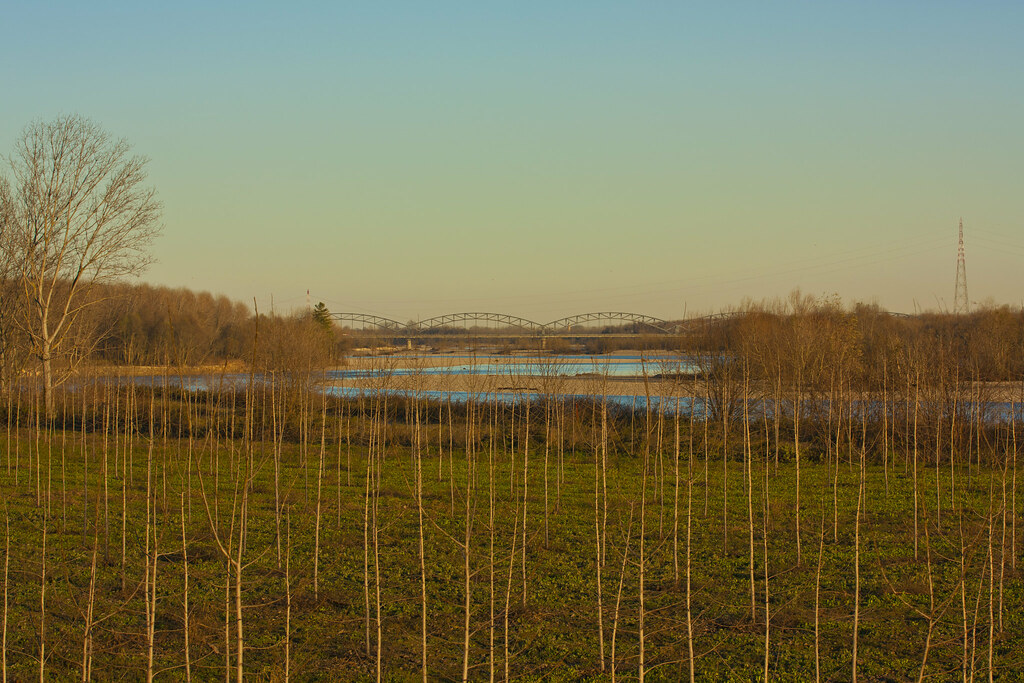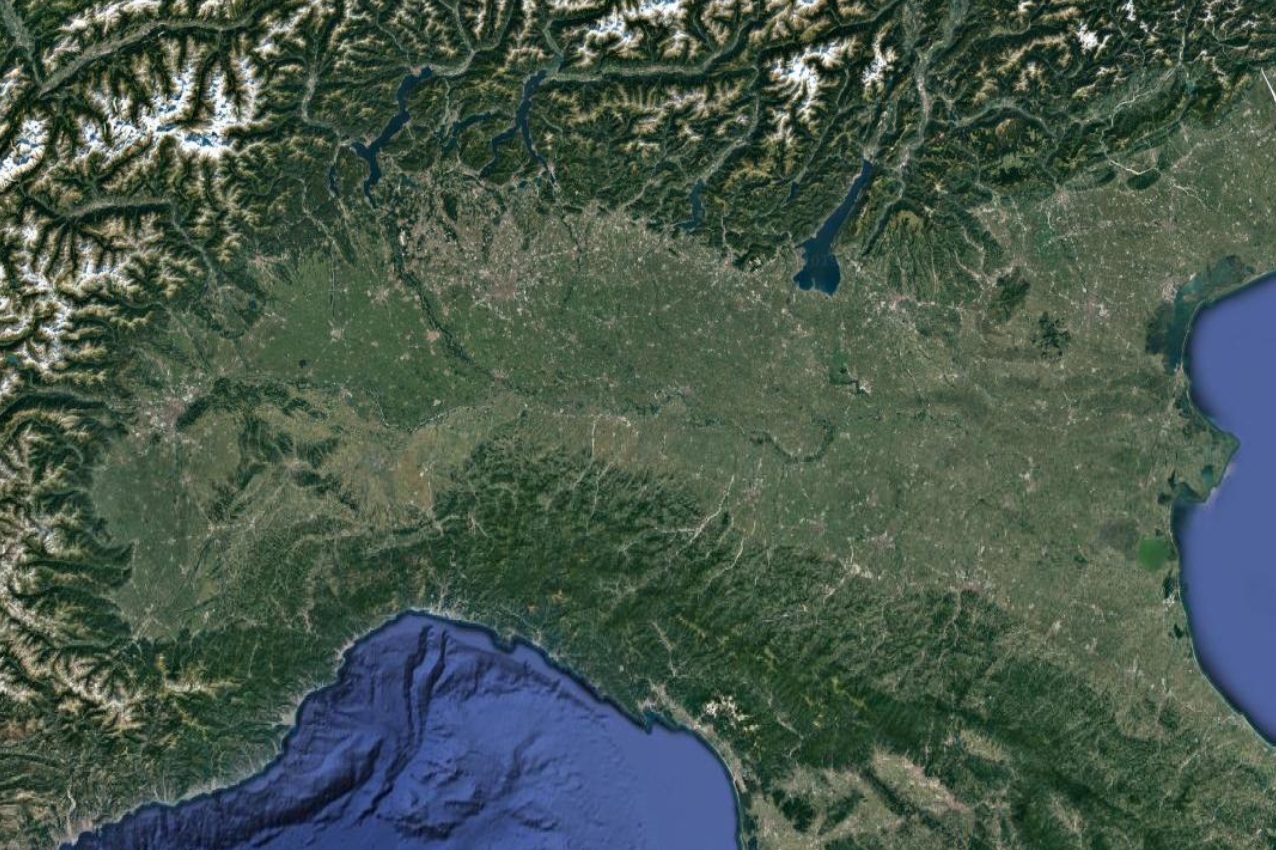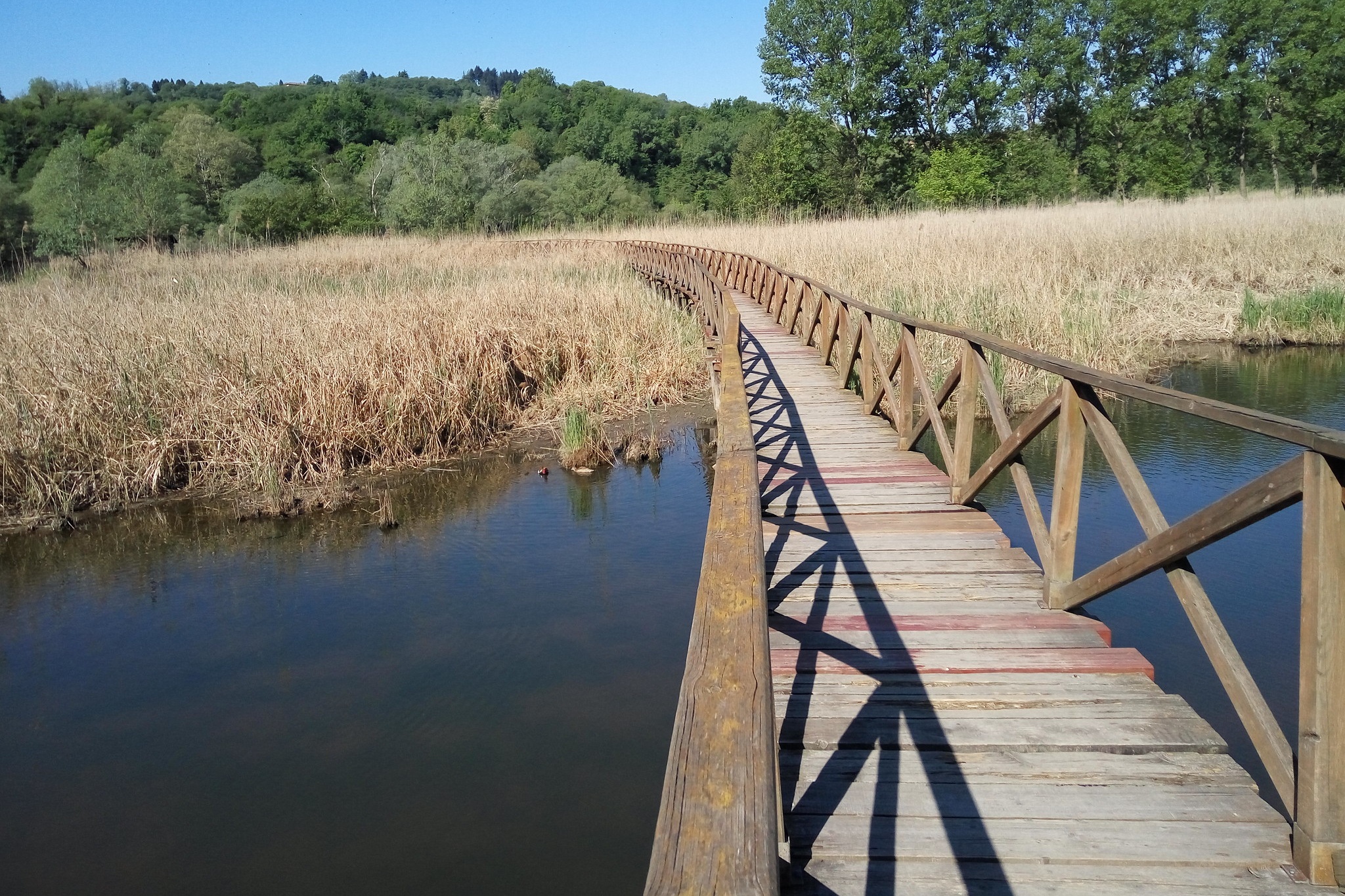6 aquifers that every hydrogeologist should visit on a lifetime
/Water is the origin of life, and ground is the underlying layer where humanity has evolved therefore we should have a different perspective of groundwater because of the aforementioned and since it involves the two of the four elements of life from the Greek culture. However, the general public appreciation for groundwater resources is close to zero, even from water resources specialist only the hydrogeologist are the ones that really believe that groundwater flows, that gravity is the main driven force, that groundwater discharge has an upgradient flow, that there are zones of no flow and that groundwater travel times can take months, years, decades or centuries depending on the weather conditions and the porous media. Hydrogeologist had to conceive a new sense of the metrics, where the main interest is not a hydraulic parameter value, but the relation in orders of magnitude with other values.
Perception and interest on the groundwater resources are of high initial interest but long term low popularity, that is why normal and plain hydrogeologist need to promote an innovative perspective of the relation from human society with the groundwater resources as a strong part for every environmental protection plan and sustainable management policy elaboration.
This article has a list of aquifers around the globe, with special characteristics where a normal audience can see how water can exist below surface, how people have interacted with the aquifer from centuries and how relevant is the aquifer on current times. By far this isn’t the complete list of the most interesting aquifers, because each aquifer is interesting and even beautiful for the people that interact with it. We present a list of the places that for us and based of what we know to the date of publish are aquifers worth of visiting for a inspired, mind changing, and revolutionary-towards-sustainable-management hydrogeologist.
i. Nazca aquifer - Peru
This place was also the main location for the Nazca civilization that had a great knowledge about its groundwater resources that developed specific infrastructure for groundwater exploitation that works on current time. The aquifer is located on a arid region where water comes from the upper andes by the river only three months per year, the rest of the year agriculture depend only on groundwater extraction.
The valley is great crop and for elaboration of a white brandy called Pisco. Some surface deposits of red colored rock over a white sediment on the valley surrounding was used by the Nazca civilization to draw lines related to the cardinal points, the year stations and some constellations. These lines are preserved due to the nature of the soil conditions and the absence of rain.
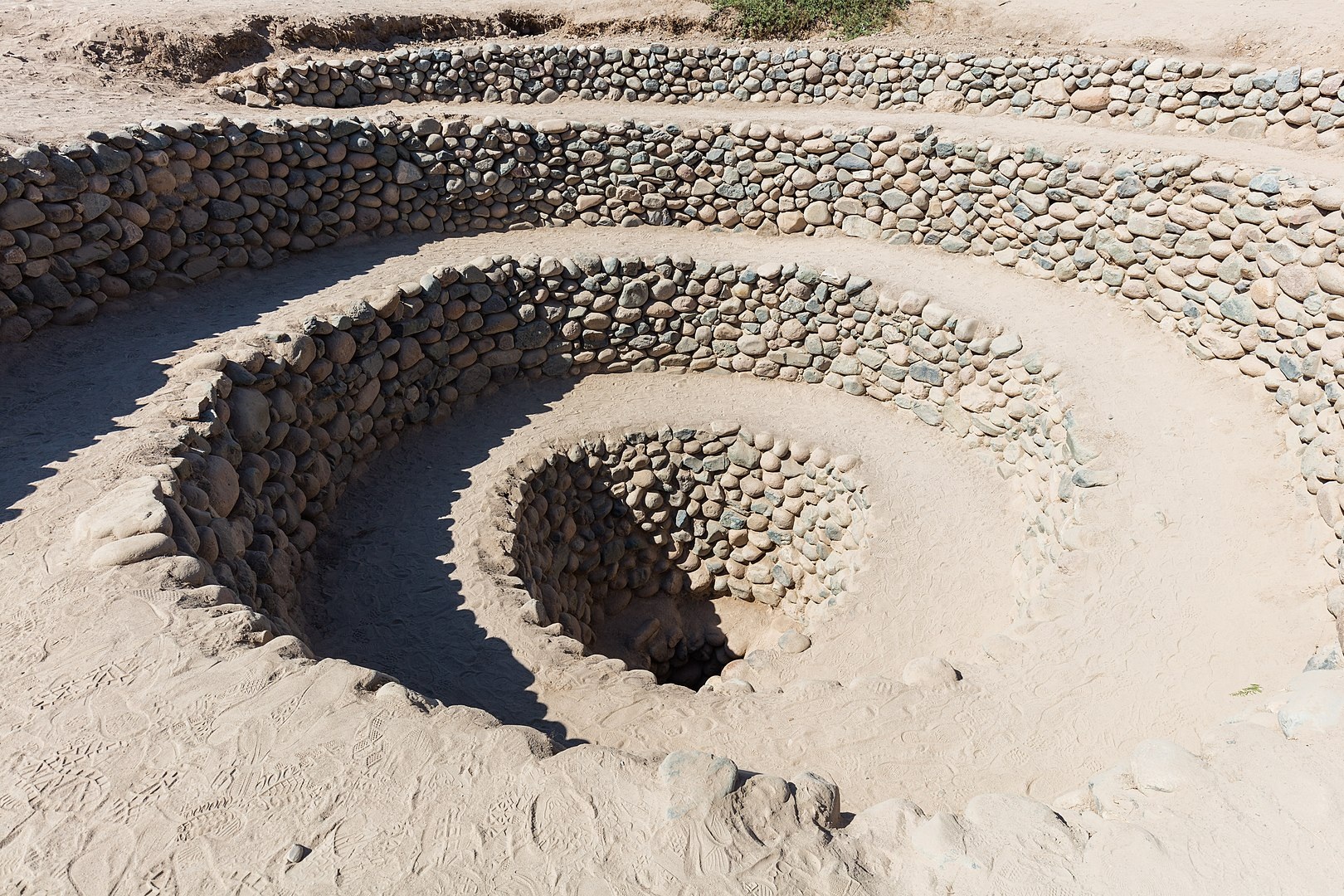
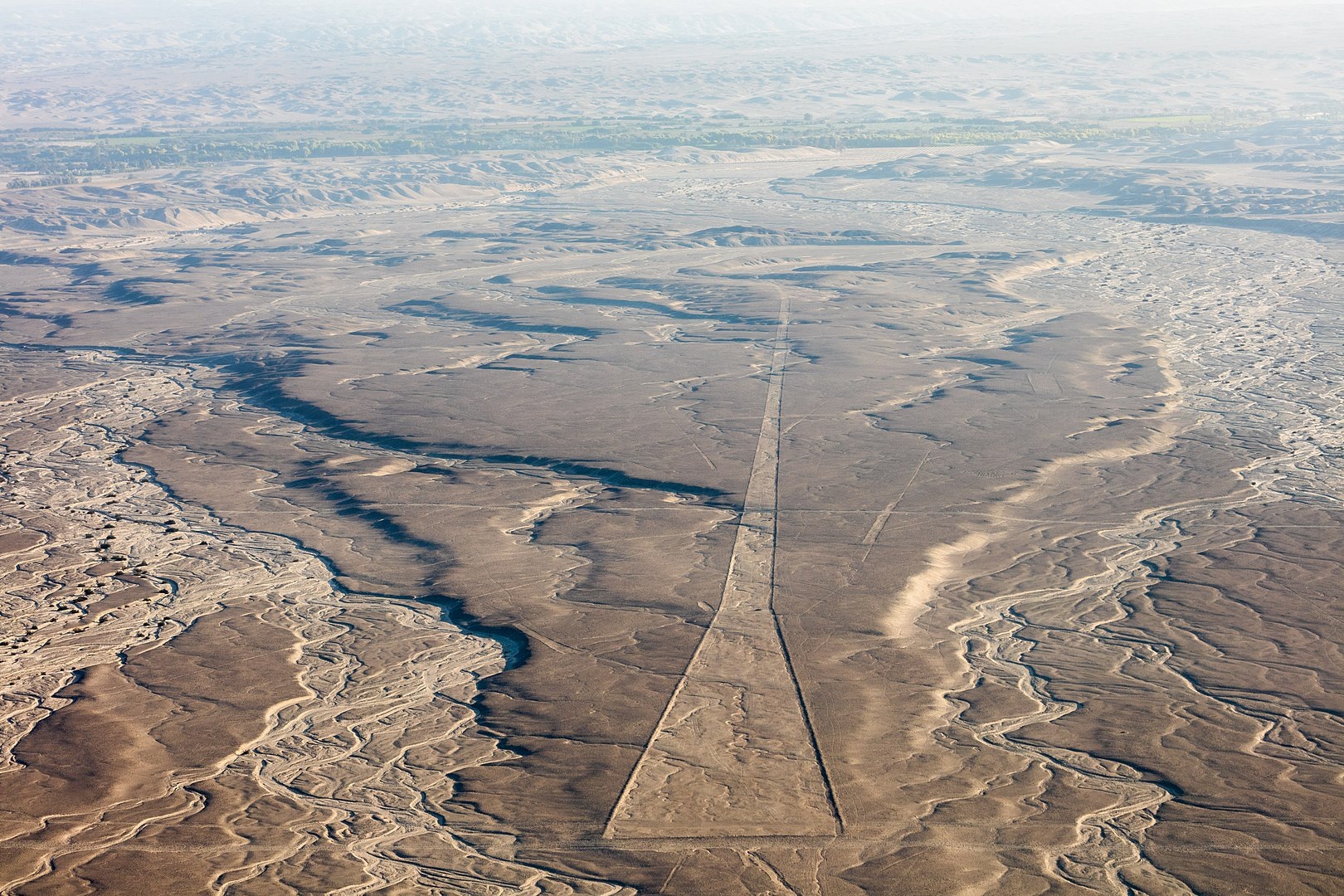
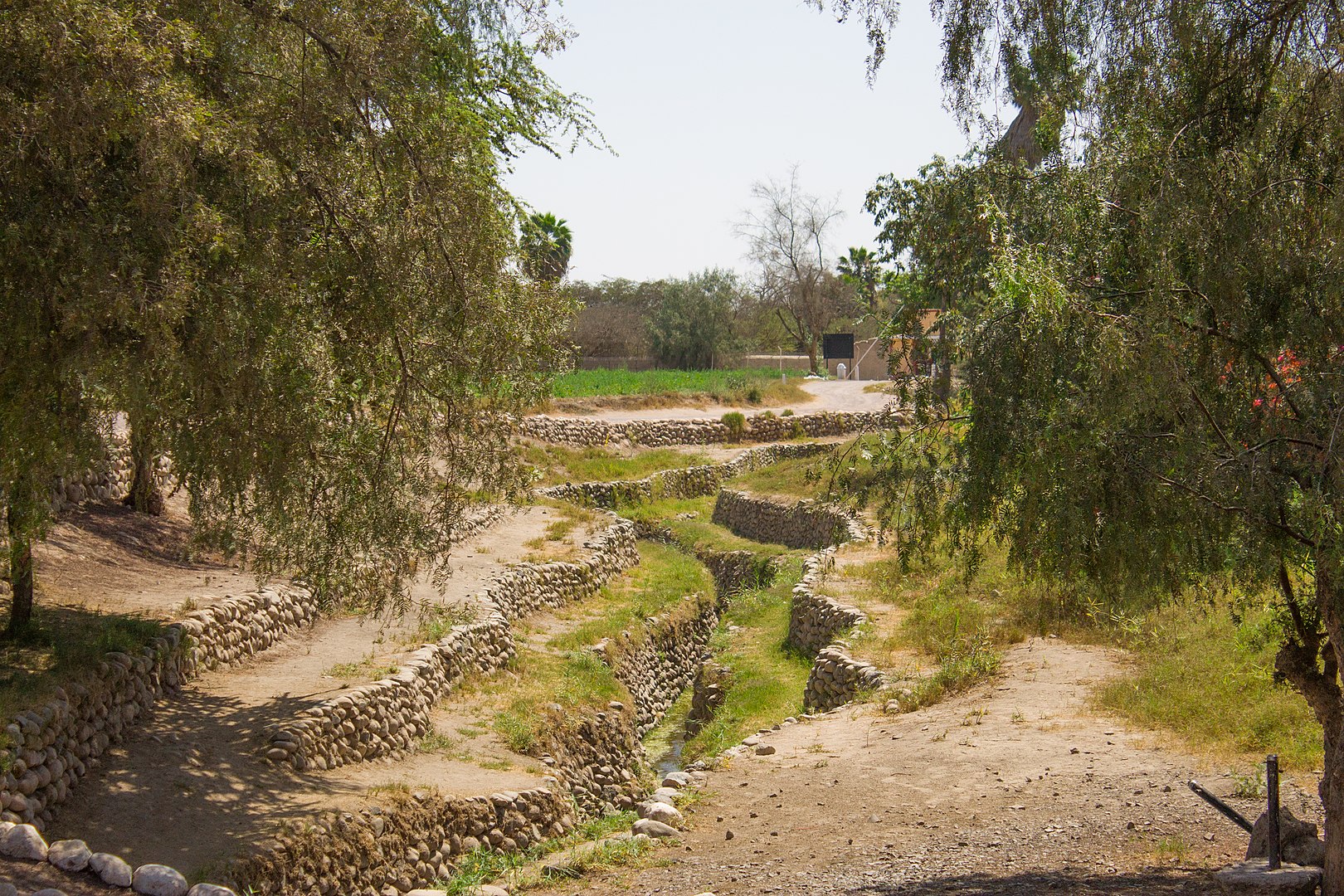
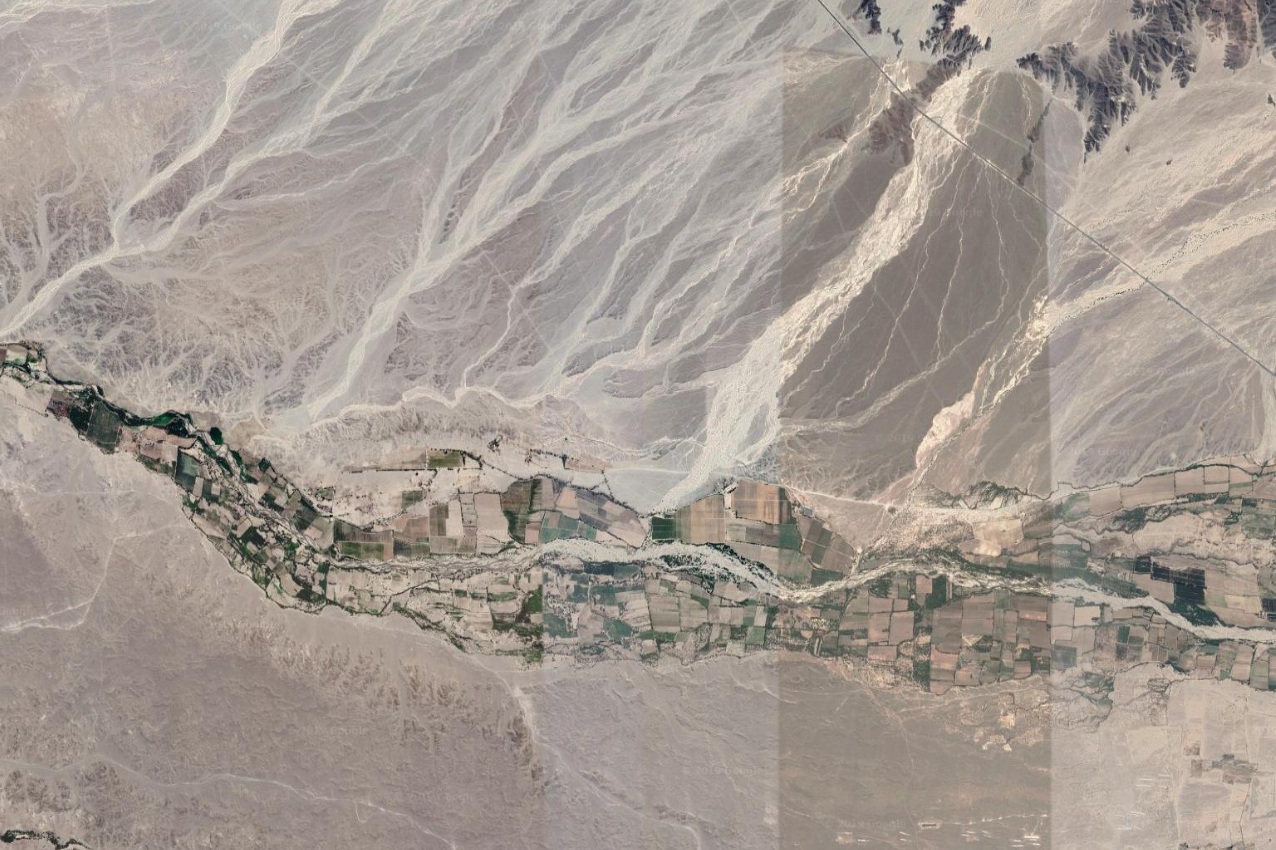
ii. Yucatan peninsula - Mexico
A central place for the Maya civilizations where they considered the underground as the caos. In fact, all the Yucatan peninsula is over a karst aquifer and has great resources for tourism on the “cenotes” (dolines) but its highly vulnerable to contamination from the municipal waste and sewage and as well from the intensive hotel industry.
With great typical food, good infrastructure, tequilas and caguamas, the Yucatan peninsula has more to offer than Cancun and the Maya Riviera. The Balacar lake, the “magic town” of Valladolid or the Las Coloradas are excellent places to visit on the peninsula.
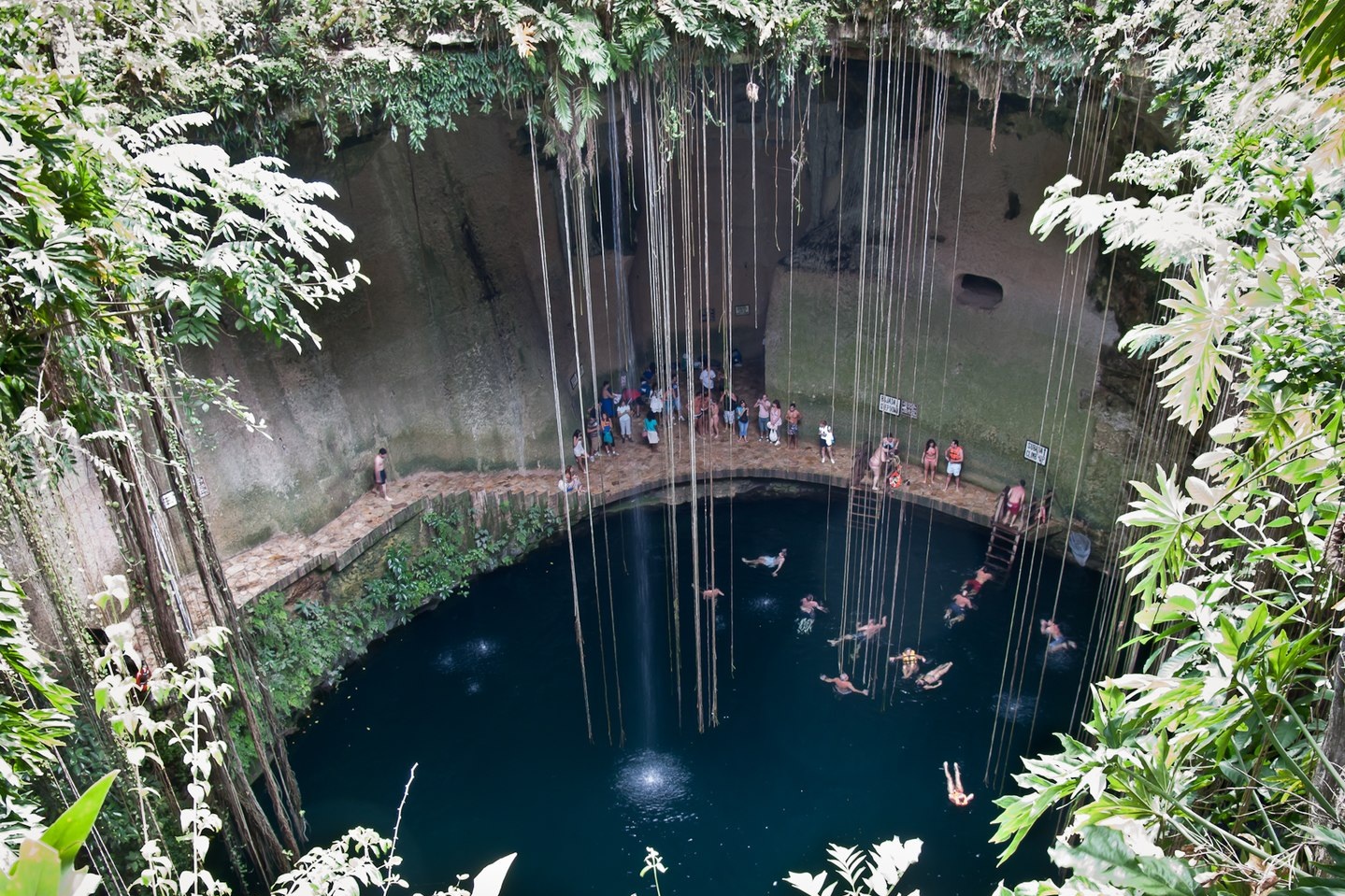
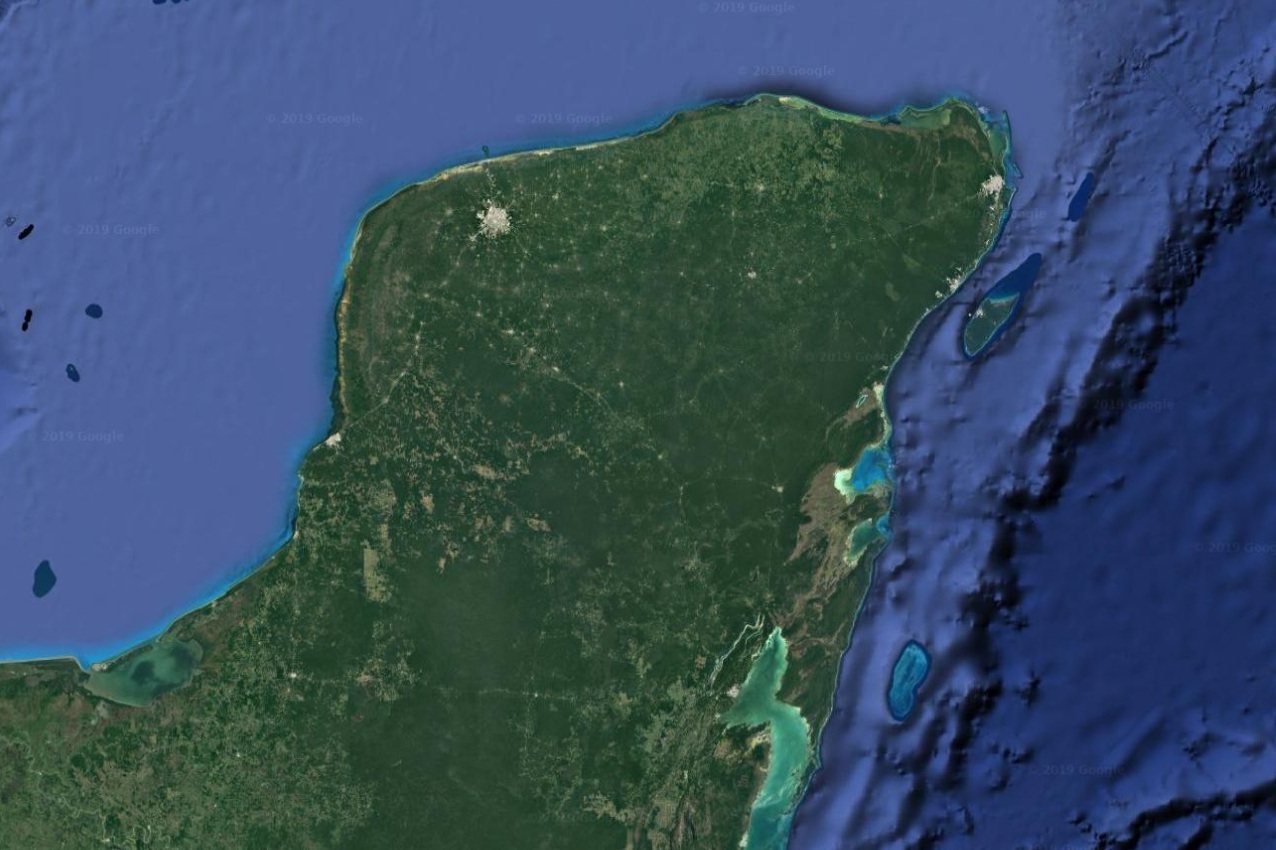
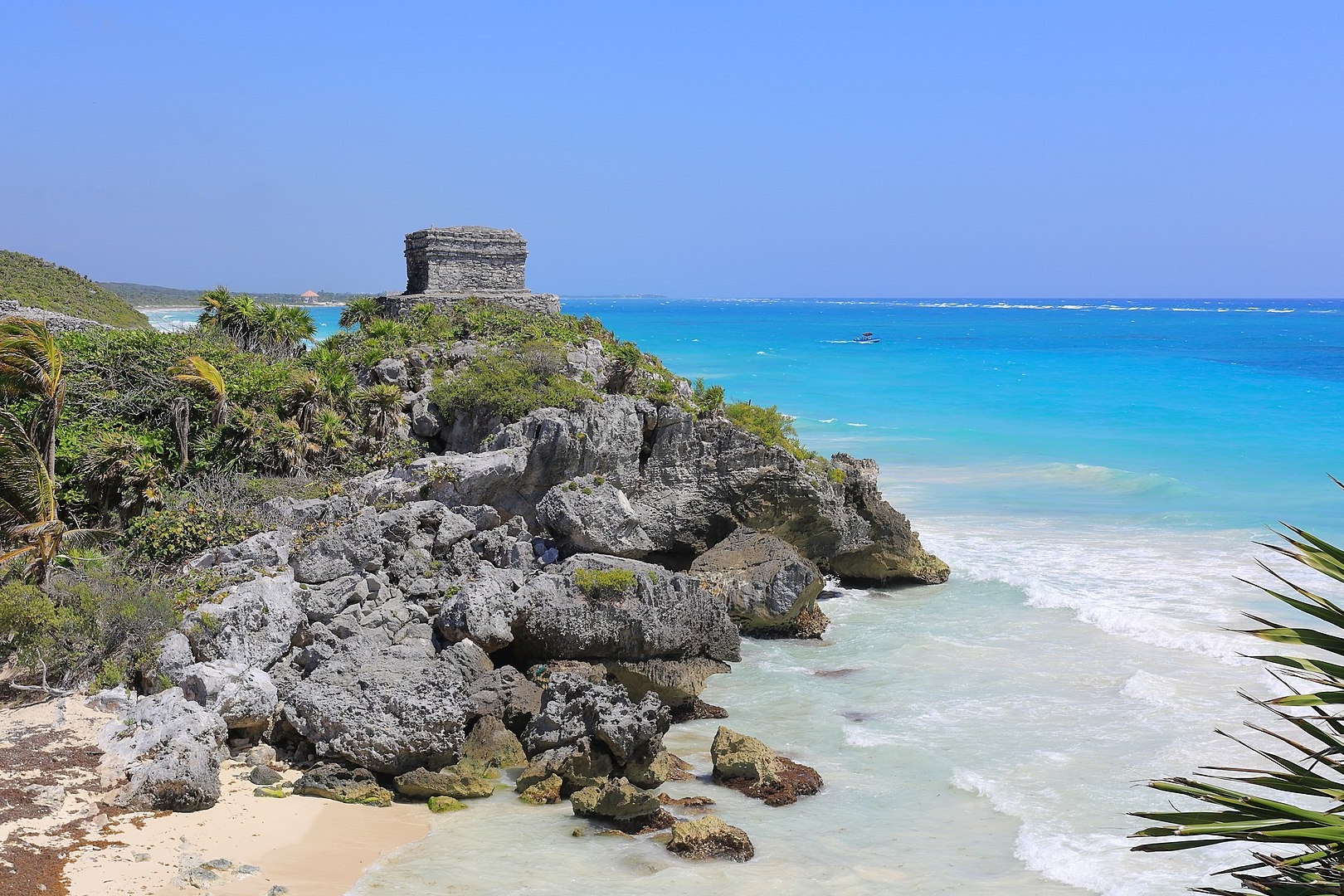
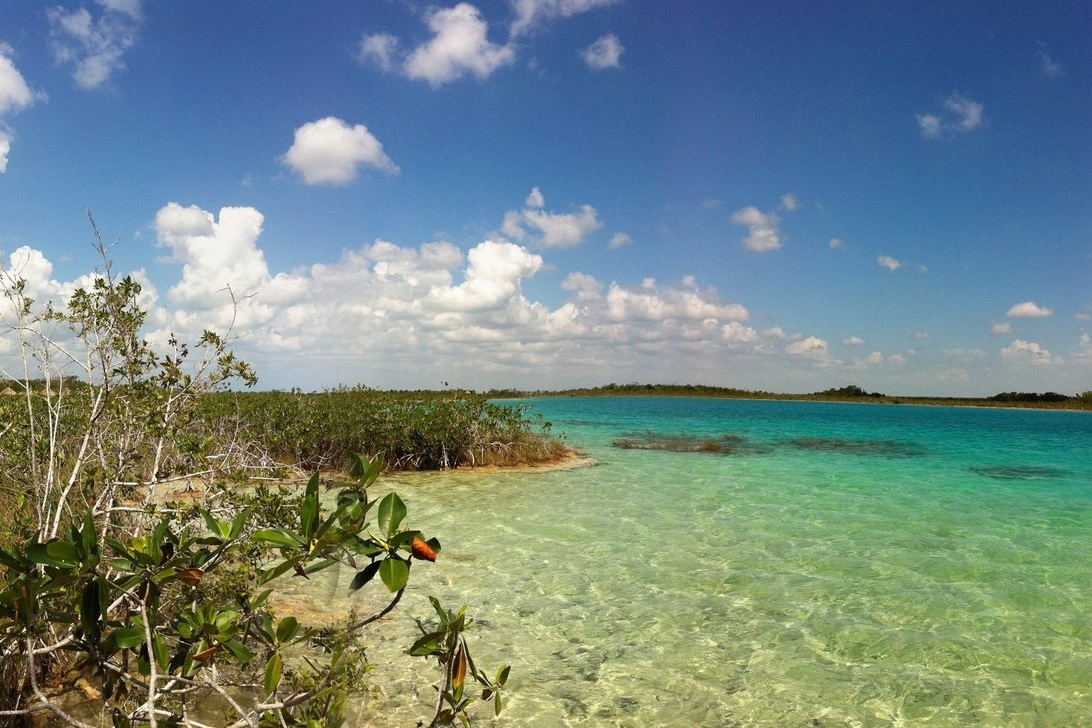
iii. La Guajira - Colombia
As far as we know, there were no big civilizations on La Guajira, a very dry peninsula in northern Colombia. The particular interest on this aquifer is about the change of climate from the more continental part of Colombia, the poor quality of the groundwater resources and the primitive living conditions of the local native population. La Guajira is in fact a challenge for every hydrogeologist that want to make a change for the people base on groundwater management, the place is great for its landscapes, food and folk culture.
This dryness of the place had influenced on the people traditions and this place is consider the origin of the "magic realism” that Gabriel García Marques used on his literally production.
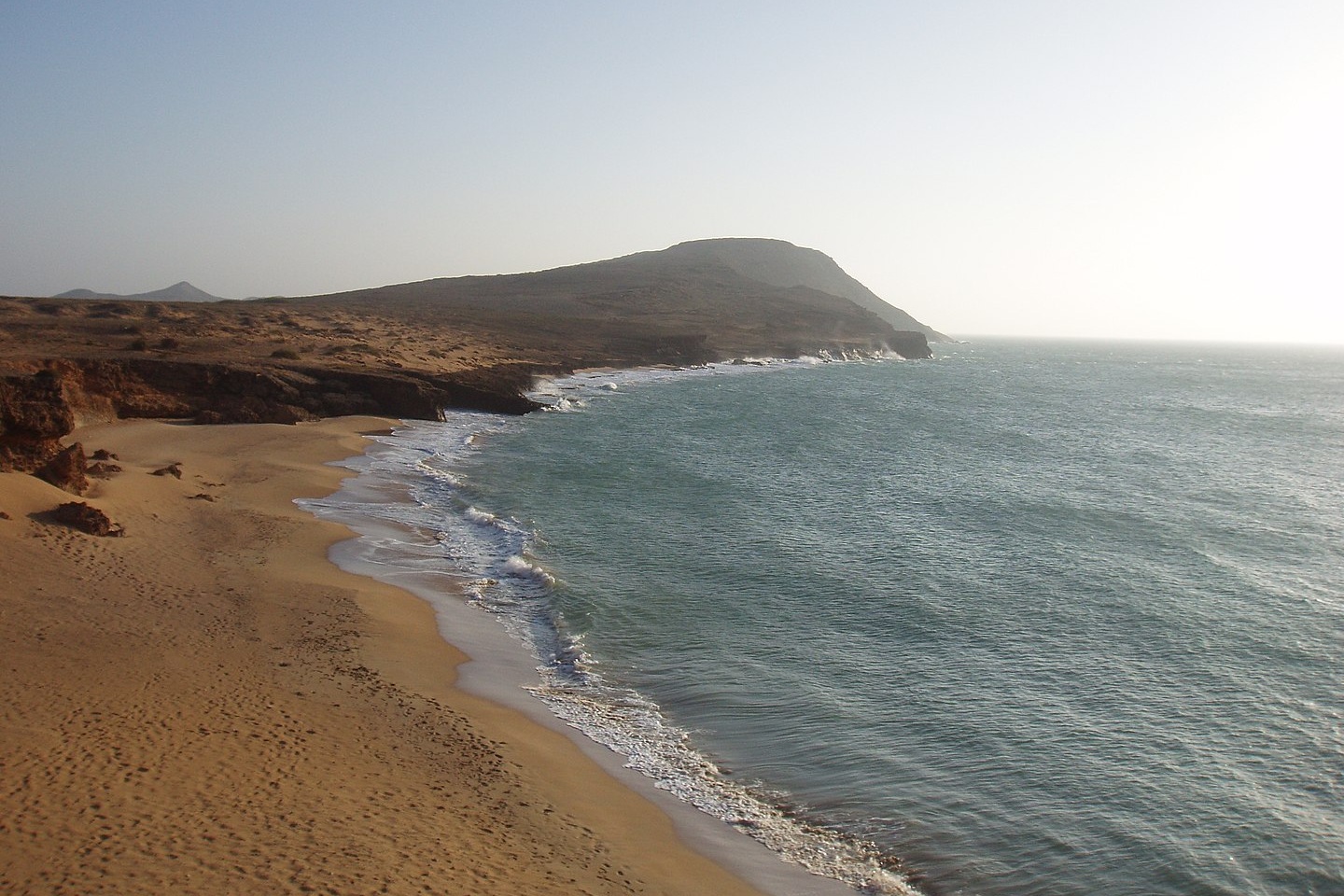
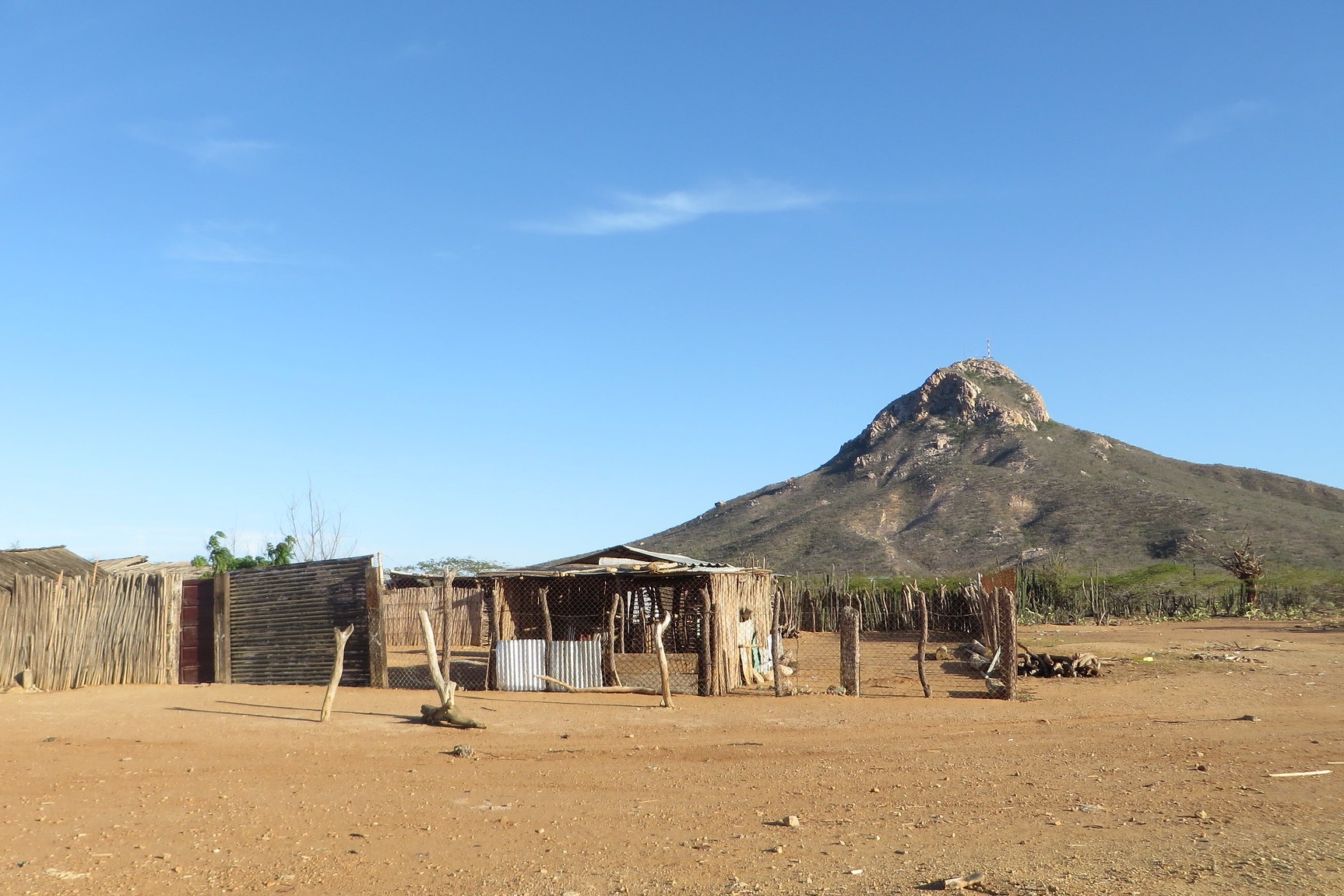
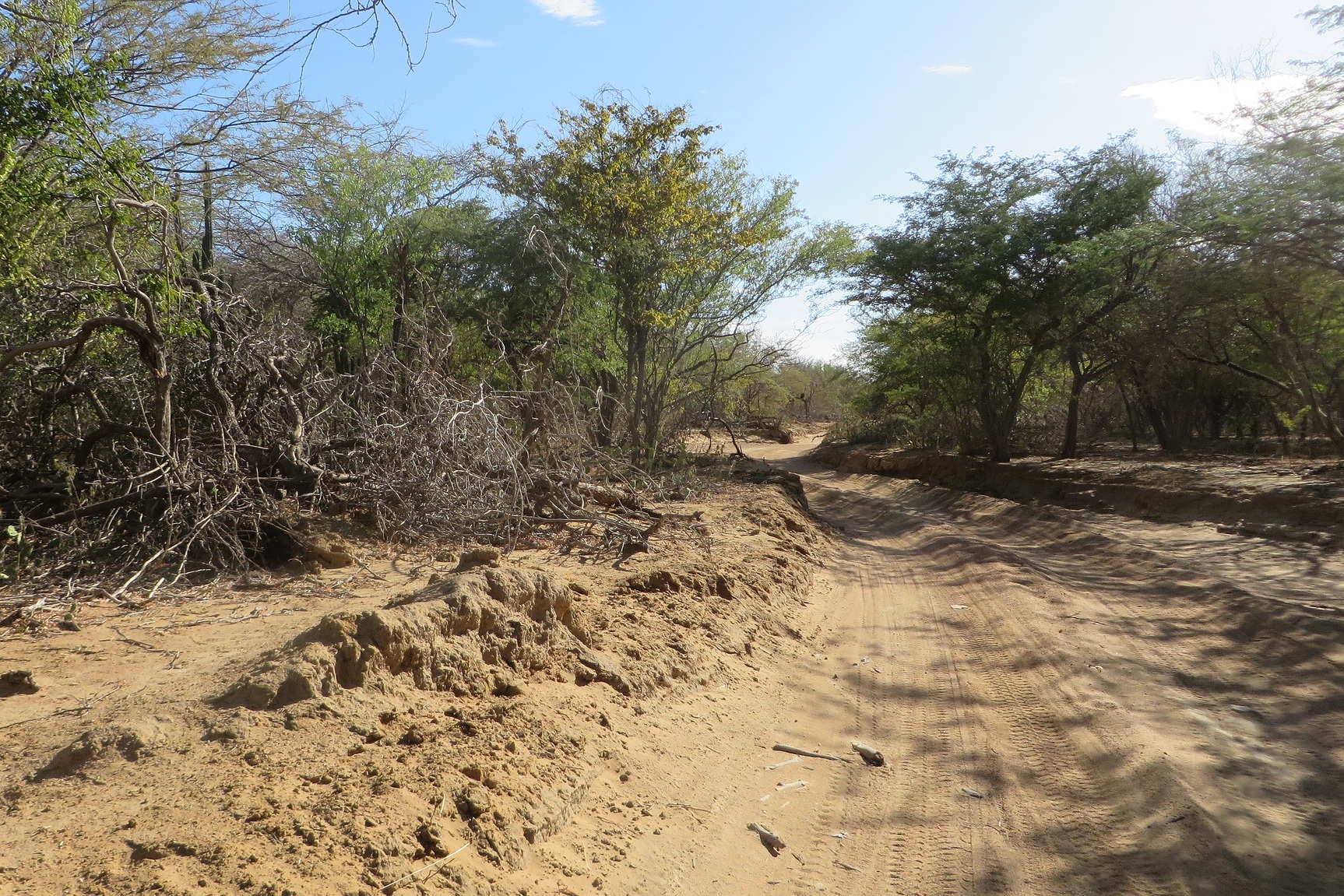

iv. Tassili n’Ajjer - Argelia
The Tassili n’Ajjer is located in the middle of the Sahara desert. This place is a high plateau, where the high altitude create climate conditions a little bit wetter than the surrounding desert that creates some unique ecosystems and particular groundwater flow regime.
The aquifer is developed on sandstone that infiltrates water from precipitation and develops springs and wetlands with endemic species of fauna and flora. The place is rich on rock art and depicts an age when the Sahara was still a wild green land.


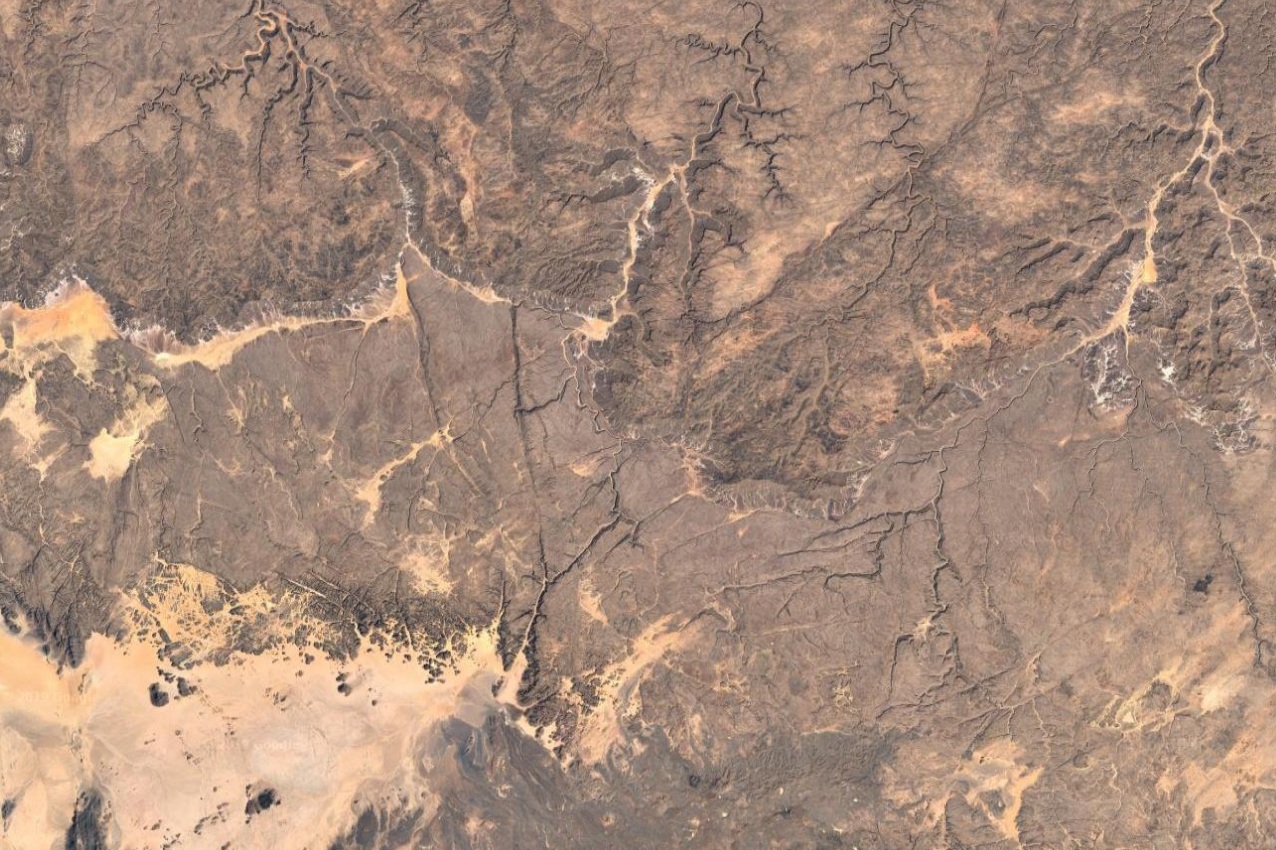
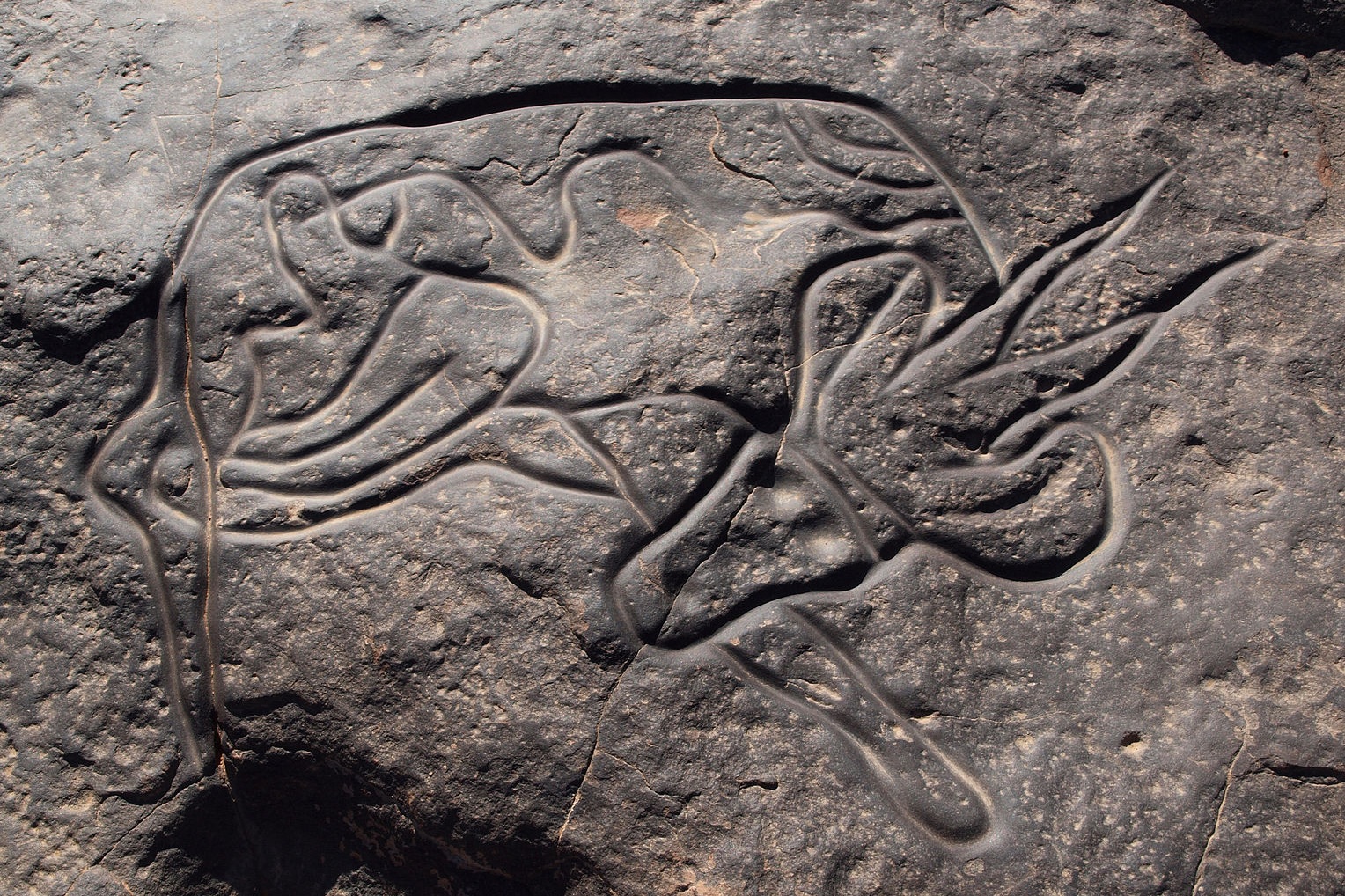
v. Swabian Jura - Germany
The Swabian Jura is a mountain range in Baden-Wuerttemberg on south west Germany. The geological formation of the Swabian Jura comprises mostly limestone from the Jurassic period , from the weather conditions the limestones are karstified on the entire extension.
Cities and town on this region rely on groundwater resources from karstic systems, therefore the attention and dedication for recharge area protection and sustainable policies on this area are extensive.

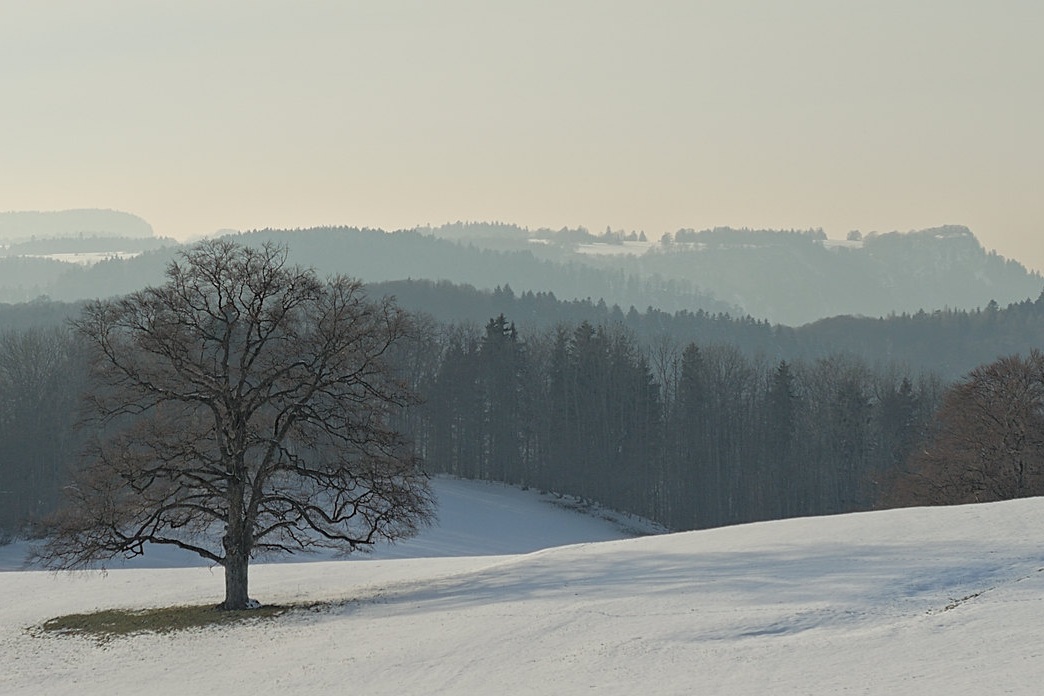

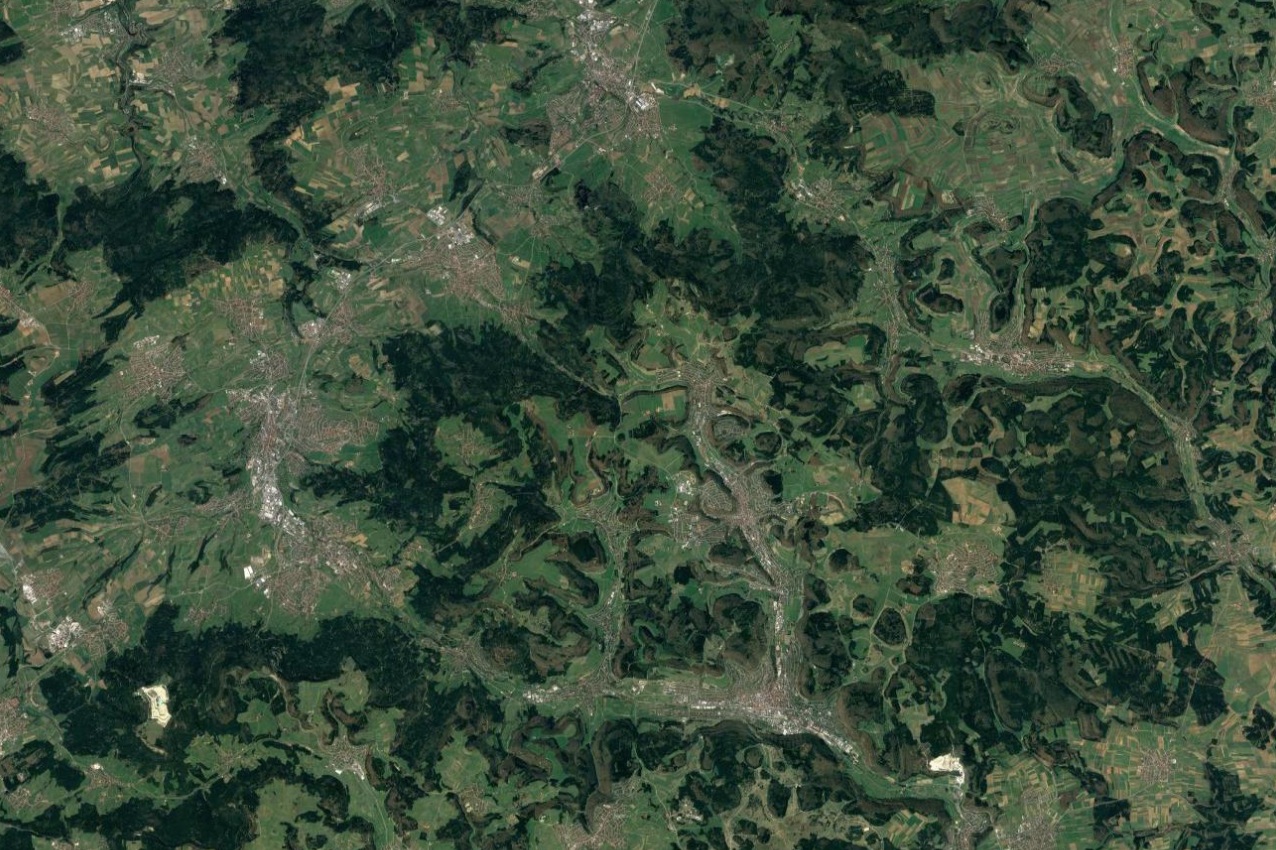
vi. Po Plain - Italy
(Collaboration from Costante Conte) The Po Plain aquifer is located in northern Italy and stretches from Turin/Cuneo in the west to Chioggia/Venice/Ravenna in the east (about 410km). north to south, it extends from the Alps to the Po river and beyond. It is a multi-layered (and occasionally single) aquifer of fluvio-glacial origins. That is, there are several distinct gravel layers with interceding aquitards, that may or may not be laterally continuous (either through depositional situation or historic or recent erosion). The main layers can be aligned with the last few southern European glaciations – Riss, Mindel and Wurm etc. The aquifers are relied on heavily for potable and industrial water supply, as well as agricultural uses. The Po Plain aquifer(s) are almost certainly contributing to the baseflow of the Po River and sustaining the water dependent ecology/assets, including groundwater dependent ecosystems, riparian vegetation, aquatic fauna and flora etc. The surface over the aquifer is heavily populated and so has become contaminated with residential and industrial wastes (Milan province has over 30 mapped chlorinated hydrocarbon plumes). Arsenic and nitrates are also big concerns and toward the Adriatic, there is also the issue of salt water intrusion. The aquifer(s) are considered high yield aquifers, but there doesn't appear to be any regulation of the take from the Po Plain aquifer. The Po Plain aquifer system is a shallow, high yield, good quality water source. It is available to many but overused and under-regulated. It really could be better managed and protected.
